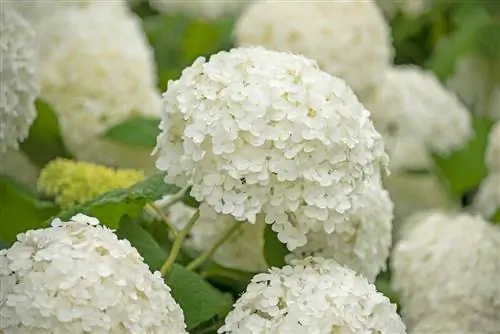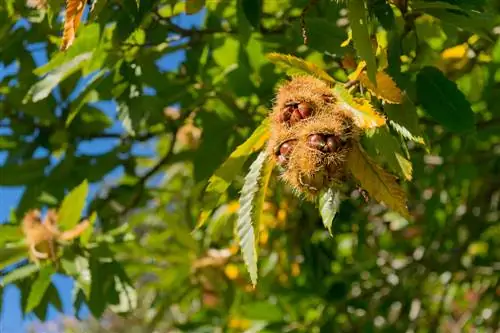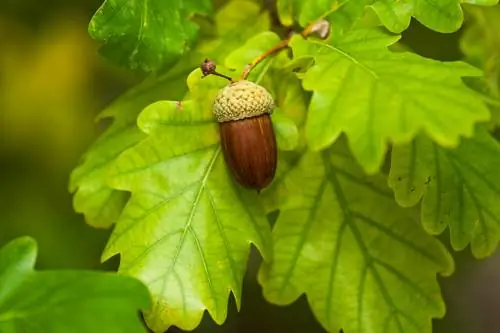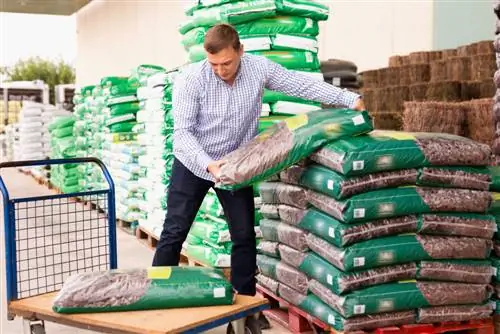- Author admin [email protected].
- Public 2023-12-25 17:45.
- Last modified 2025-01-23 11:21.
If you look at the trunks of a young and an old larch, you will not only notice the expected differences in height and diameter. The covering, the protective bark, has also undergone significant changes with age. Which ones are they?
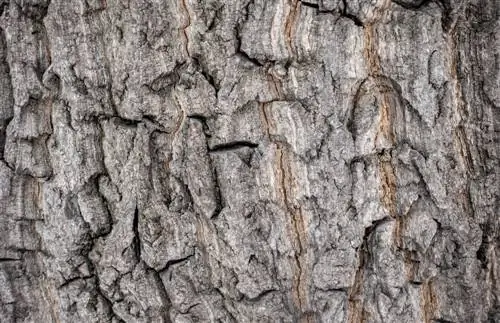
How does the bark of larch trees change as they grow?
The bark of young larch trees is greenish or gray-brown and smooth, while in older trees it is up to 10 cm thick, irregularly scaly and riddled with deep reddish-brown furrows. The scales flake off vertically and change color from light yellow to gray to black.
Abandonment of the bark or bark
The bark protects the trunk from harmful external influences. As the tree grows, the bark also has to hold up so that it can continue to fulfill its functions well.
- it protects the tree from sun, wind and rain
- can withstand fluctuating temperatures
- serves as a defense against pests and pathogens
Note:The young bark of the larch tree is tasty food for game. That's why this tree species often suffers from browsing in the forest if no protective measures are taken when planting.
Bark of long shoots
The bark of long shoots is brightly colored immediately after sprouting. The tone can best be described as light yellow, although there is often a touch of gray. Only in the third year does the color darken to a clear gray or even become completely black.
Young Bark
The larch forms bark very early. In young trees this is initially very smooth. It has a greenish, occasionally gray-brown color.
Old bark
The young bark, which is initially very thin, quickly increases in thickness.
- the bark becomes up to 10 cm thick
- it is irregularly flaky
- traversed by deep, reddish-brown furrows
- Scale peels off vertically
Siberian larch
While the bark of the Japanese larch largely resembles the bark of a European larch, the Siberian larch differs to some extent.
- is initially gray-brown and smooth
- later only weakly barked
- With age, a deeply cracked scaly bark appears
The Siberian larch forms a very thick bark that makes up around 15% of the trunk diameter. This is probably due to the harsh climatic conditions in their homeland.
Bright spots
A pest in the forest that likes to roost under the bark of trees does not stop at the larch: the bark beetle or the larch bark beetle.
The woodpecker hunts for the larvae of this pest and knocks off individual bark scales. These flake-free areas look like light spots from a distance.



